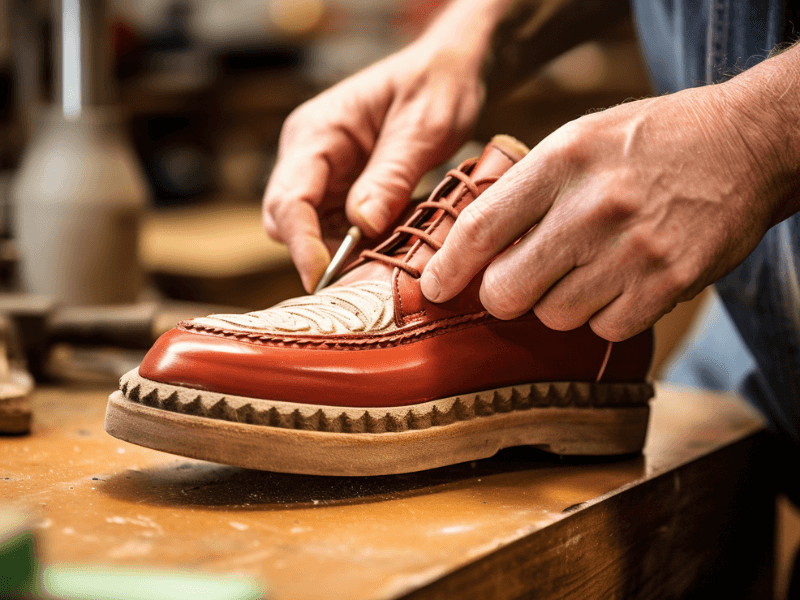The story of a broken sole or a splitting seam on your favorite pair of shoes is all too familiar. But what if we told you that this doesn’t have to be a tragic tale? That’s right! With a bit of Gorilla Glue magic, you can breathe new life into your beloved shoes.
Join us as we embark on the journey of understanding the power of Gorilla Glue for shoes, how to use it, and when it’s the best choice. All you need is a little know-how and a bottle of Gorilla Glue, and you’re on your way to become a shoe repair wizard!
Overview: The Footwear Fixer’s Guide
- Understanding the basics before using Gorilla Glue on shoes
- Essential tips to make Gorilla Glue create a sturdy, lasting bond on shoes
- Deciphering the shoe types ideal for Gorilla Glue and those that aren’t a good match
- Wrapping up the Gorilla Glue for shoes adventure

The Cobbler’s Companion: Using Gorilla Glue on Shoes
Before applying Gorilla Glue, ensure the shoe surfaces are clean, dry, and free of any old glue or loose threads.
This allows the Gorilla Glue to bond effectively with the material. It’s also critical to note that Gorilla Glue expands as it dries, so be mindful of the amount you apply.
Bonding with the Best: Mastering Gorilla Glue Adherence on Shoes
For Gorilla Glue to deliver its best results, it’s crucial to understand how to use it effectively.
Here are a few tips:
- Apply a thin layer: Gorilla Glue expands up to 3 times, so a small amount goes a long way.
- Clamp it: After applying, keep the surfaces clamped or pressed together for about 1-2 hours. This ensures a stronger bond.
- Allow curing time: Give Gorilla Glue enough time to cure, typically 24 hours, before wearing the shoes.
The Perfect Pair: Matching Gorilla Glue with the Right Shoes
Gorilla Glue is incredibly versatile and works well on several shoe types:
- Leather shoes: It bonds well with leather and can resist the wear and tear that comes with time.
- Running shoes: For both the mesh fabric and rubber soles, Gorilla Glue provides a durable solution.
- Boots: Whether work boots or hiking boots, Gorilla Glue can hold up under the pressure.
However, Gorilla Glue might not be the best choice for shoes made of certain materials like vinyl or PVC, which require specific adhesives to create a robust bond.
Also, high-fashion shoes or delicate materials might be better served by professional repair due to the expanding nature of Gorilla Glue.
Conclusion: Walking the Walk with Gorilla Glue
Gorilla Glue can truly be a shoe-saver, bringing your worn-out favorites back to life with a strong and durable bond. From leather loafers to running shoes, Gorilla Glue offers a DIY solution that’s hard to beat.
However, remember that each shoe and material may have different needs, so while Gorilla Glue is a great all-rounder, it may not be the ideal choice for every shoe in your closet.
As with any project, understanding your materials and using the product correctly is the key to success.
Now that you have this knowledge at your disposal, don’t shy away from those shoe repairs! With Gorilla Glue in your toolkit, you’re equipped to handle it all.


